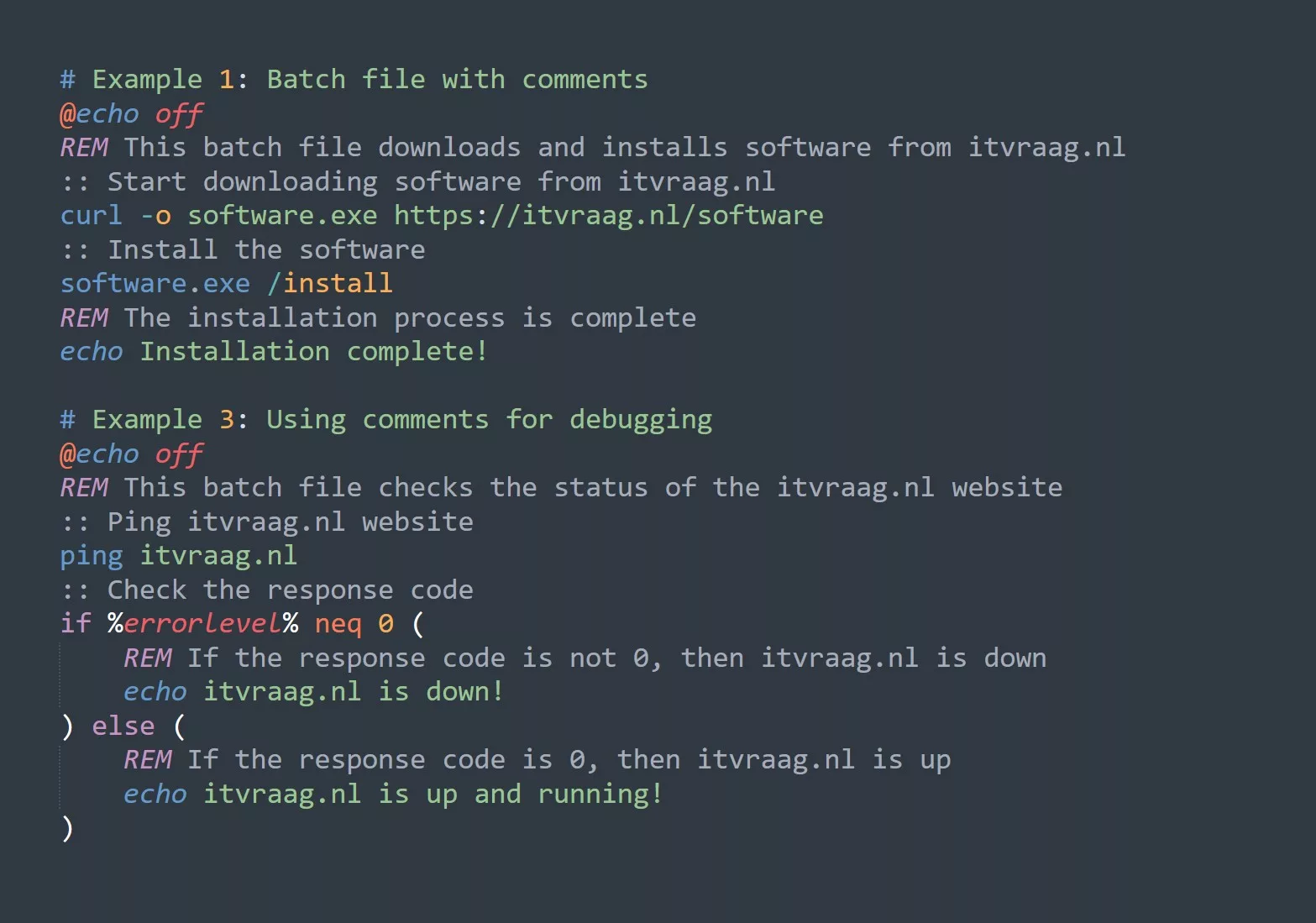Are you tired of repetitive tasks in your Linux terminal? If so, the “continue” command is your solution! In this blog, we’ll cover everything you need to know about the “continue” command and how to make the most of it.
The “continue” command is a built-in command in the bash shell of Linux systems that allows a user to skip over an iteration of a loop and continue with the next iteration. In other words, it’s a way to skip the current iteration and move on to the next one.
How Does the Continue Command Work?
The continue command works in conjunction with loops like “for” and “while”. It can be used inside the loop to control the flow of the loop and skip certain iterations. The following is an example of the continue command used in a “for” loop:
for i in {1..10}; do
if [ $i -eq 5 ]; then
continue
fi
echo $i
done
This will output the numbers 1 to 10, but it will skip the number 5.
Practical Use-Cases
The continue command can be useful in several scenarios. For example, when processing large amounts of data, you may want to skip certain records or data points if they meet certain conditions.
Another example is when working with files and directories. You may want to skip certain files or directories if they meet specific criteria, such as being empty or having a specific extension.
for file in *; do
if [ -d "$file" ]; then
continue
fi
echo $file
done
This code will output the names of all files in the current directory, but it will skip any directories that are found.
5 Tips for Making the Most of the Linux Continue Command
- Always use the continue command in conjunction with a loop, such as “for” or “while”.
- Use the continue command to skip over specific conditions, such as specific data points or specific files and directories.
- Make use of the continue command to control the flow of your loops and make your scripts more efficient.
- The continue command can be used in combination with other control structures, such as “if” statements, to create complex and sophisticated scripts.
- Always keep in mind the purpose of the loop and the conditions that you want to skip over when using the continue command.
Summary
The Linux continue command is a powerful tool that allows you to skip over specific iterations of a loop and control the flow of your scripts. Whether you’re processing large amounts of data, working with files and directories, or controlling the flow of your loops, the continue command is an essential tool.
For those looking to take their Linux skills to the next level, we recommend exploring other Linux commands, such as “break” and “exit”, as well as reading about advanced shell scripting techniques.
Challenge
Try writing a script that uses the continue command to process a list of files and directories, skipping over any empty files and directories. Share your solution in the comments below!
Relevant Topics
Bash shell scripting is the process of writing scripts in the bash shell of Linux systems. It is a powerful tool that allows you to automate tasks and create sophisticated scripts. Understanding bash shell scripting is crucial for making the most of the Linux “continue” command and other Linux commands.
Loops are a fundamental concept in programming, and they play a crucial role in the Linux “continue” command. Understanding how loops work in Linux, and in particular the “for” and “while” loops, is essential for making the most of the “continue” command.
Control Structures in Linux (if, else, etc.)
Control structures, such as “if” and “else”, are another important concept in programming. These structures allow you to control the flow of your scripts and make decisions based on specific conditions. Understanding control structures in Linux is important for making the most of the Linux “continue” command and other Linux tools.
Advanced Shell Scripting Techniques
Once you have a solid understanding of the basics of shell scripting, you can explore advanced techniques that can help you create even more powerful scripts. These techniques can range from using arrays and functions to writing scripts in other programming languages like Python. Understanding advanced shell scripting techniques will help you make the most of the Linux “continue” command and other Linux tools.



